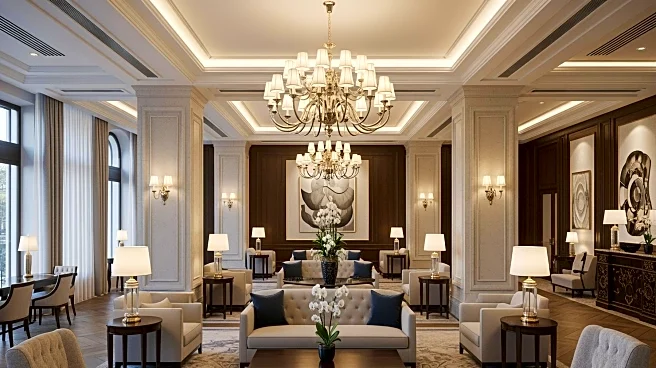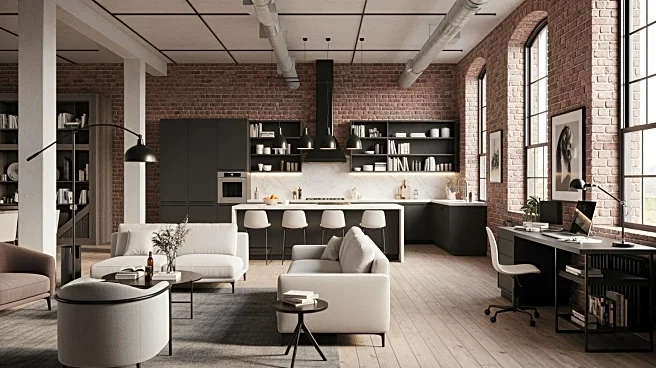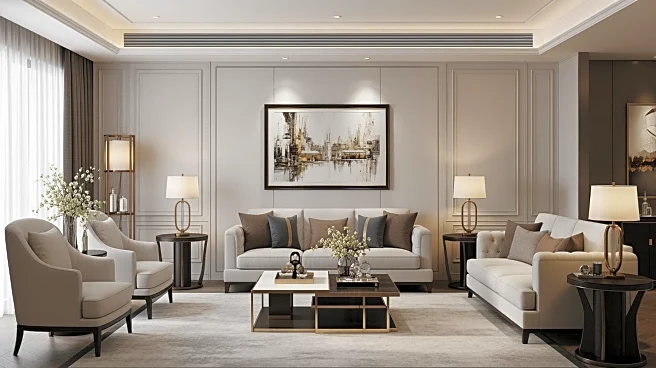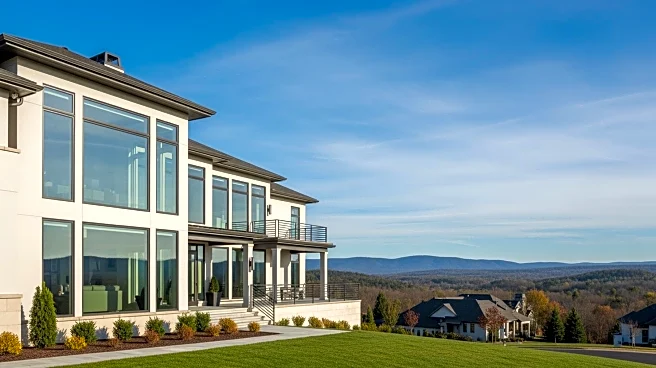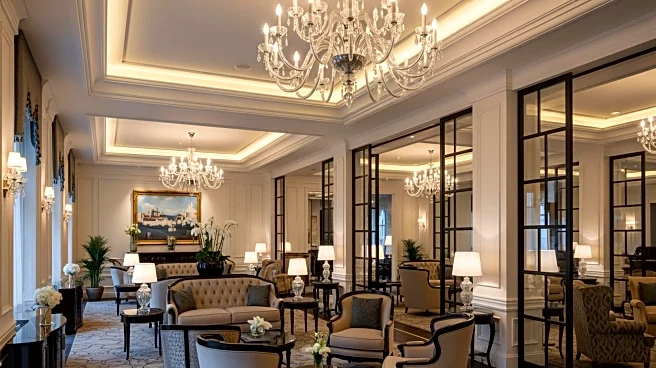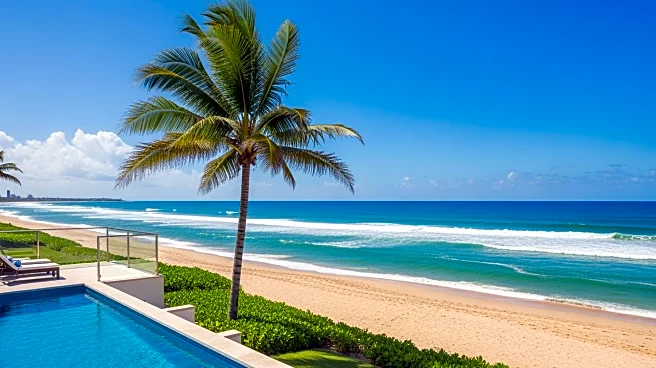What's Happening?
Branded residences, luxury homes associated with well-known brands, are becoming increasingly popular among developers and investors. These residences offer hotel-like services and are often located in prime areas, providing a unique living experience
that blends work, leisure, and luxury. The sector has seen significant growth since the 1980s, with luxury hotel brands like Rosewood and Mandarin Oriental leading the market. The appeal lies in the premium prices these properties command, often significantly higher than unbranded equivalents. The trend is driven by a growing demand for experiential living and the increasing number of affluent individuals seeking exclusive lifestyles.
Why It's Important?
The rise of branded residences reflects broader trends in the real estate and luxury markets, where consumers are increasingly valuing experiences over material goods. For developers and investors, these properties offer lucrative opportunities due to their high price premiums and resilience in economic downturns. The trend also indicates a shift in consumer preferences towards integrated living solutions that offer convenience and prestige. As more non-hotel brands enter the market, the sector is diversifying, potentially leading to new business models and investment strategies.
Beyond the Headlines
The expansion of branded residences into emerging markets and non-luxury segments suggests a democratization of luxury living, making it accessible to a broader audience. This could lead to cultural shifts in how luxury is perceived and consumed. Additionally, the involvement of non-hospitality brands in real estate highlights the blurring lines between different sectors, as companies seek to extend their brand influence into new areas. The trend also raises questions about sustainability and the long-term impact of luxury developments on local communities and environments.


